Your cart is currently empty!
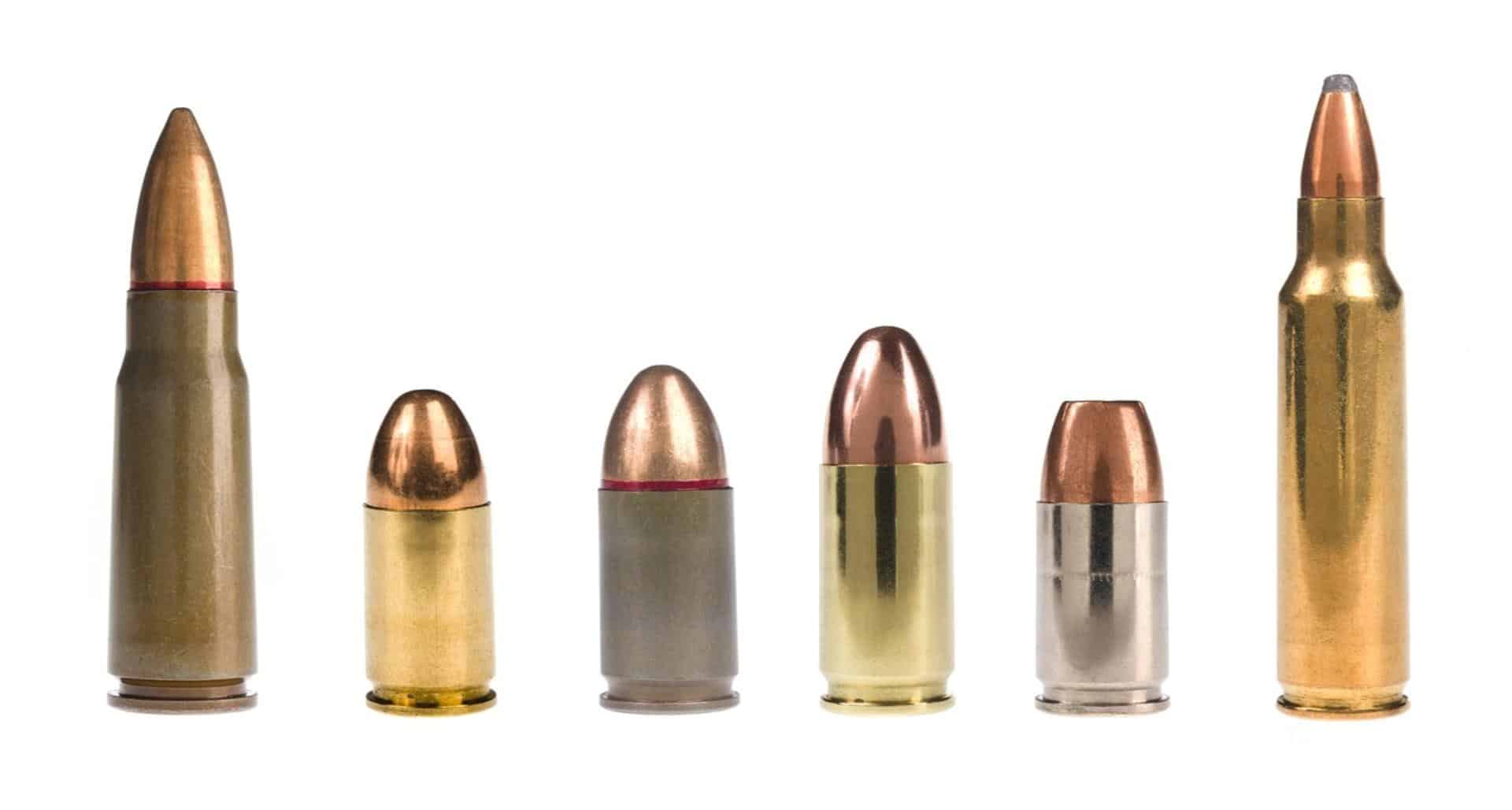
17 Different Types of Bullets and Their Uses
Many people ask us, “what is the best type of bullet to buy.” Understandably, it gets confusing, especially if you are new to guns and shooting. There are so many different types of bullets available, and since some are not always legal to own, it is important to understand the different types of bullets available.
Below is a partial list of popular bullet choices and a little bit about what the bullet does, uses, and guns it matches.
If you are considering different types of bullets for your guns, shooting, or competing, consider the ultimate goals you have for needing a gun. Those goals will help point you in the right direction for choosing the best bullet for your situation.
1. Plated Bullets
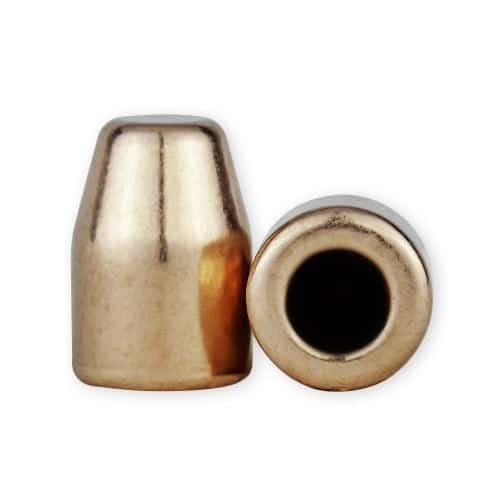
Plated bullets are our bread and butter here at Berry’s. They are a nice middle ground between lead and jacketed bullets.
While they can’t reach the same high velocities of a jacketed bullet, plated bullets are cheaper than FMJs and cleaner than lead bullets.
Over-crimping can cause separation of the plating, so be sure to crimp just enough for proper neck tension. Plated bullets are ideal for shooting at indoor ranges
2. Full Metal Jacket Bullets
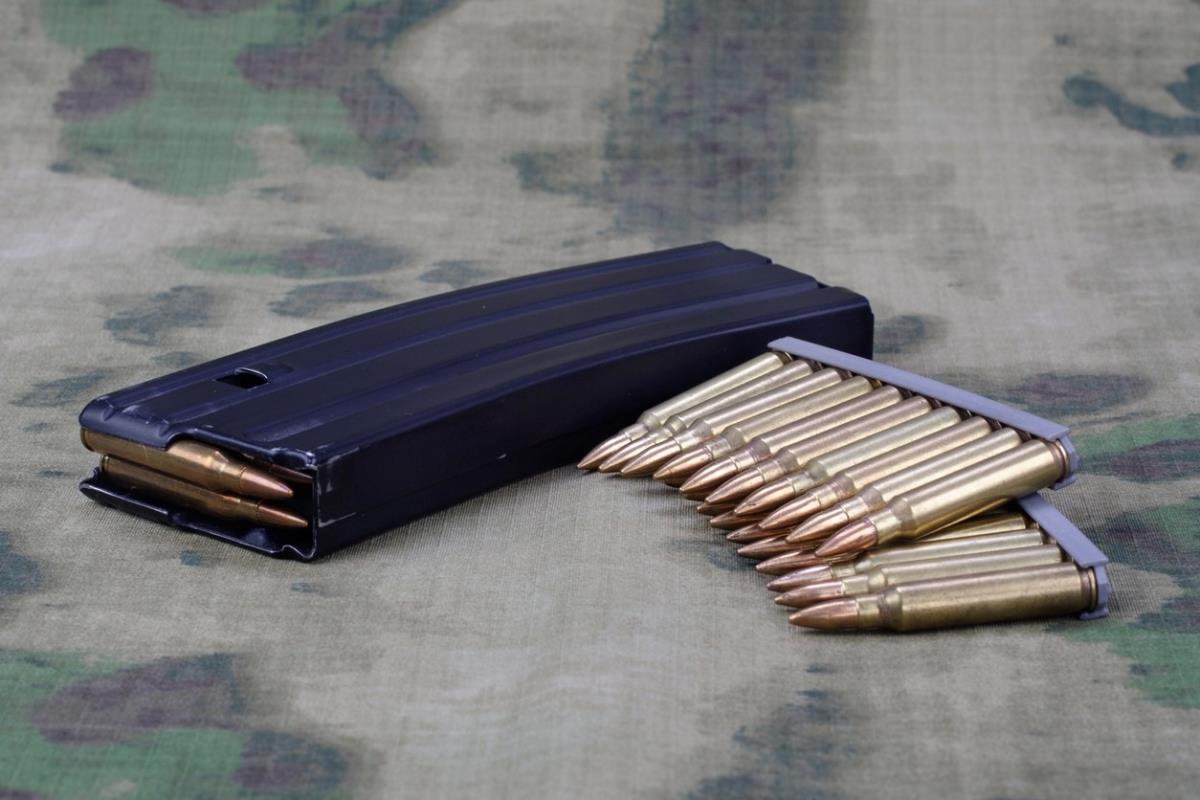
Full Metal Jacket bullets consist of a hard outer shell and a soft metal inner. These are bullets that are ideal when you need to create the most damage possible and when you need increased accuracy.
Originally, Full Metal Jacket bullets were created as military slugs. That makes sense because you’d want a bullet that caused the most damage. You see these a lot at ranges because they are cost-efficient for training and practicing.
The hard outer metal cover protects the soft inner lead from melting too quickly. That little fact is part of what improves the bullet’s trajectory.
Full Metal Jacket bullets are ideal for handguns and rifles. If you plan on training more, FMJ is generally less expensive than hollow point bullets.
3. Lead Bullets
Lead bullets are available for most shooting applications. There are state bans on the use of lead bullets for hunting due to the toxic nature of lead.
Lead bullets are common at gun ranges, for target shooting or practicing. Lead bullets are often cheaper giving you more cartridges for your buck.
4. Round Nose Bullets
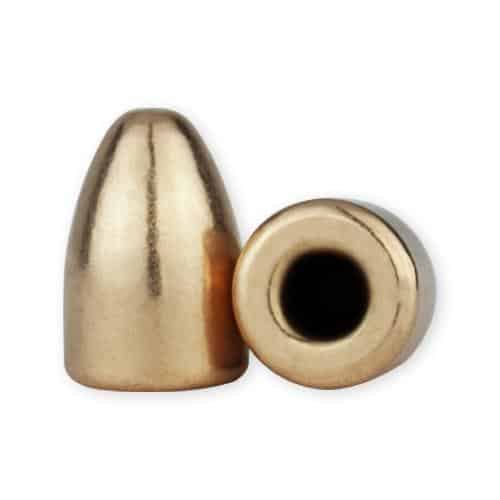
A round nose bullet has a tip that is 1/2 the diameter of the bullet. The tip is rounded, not hollow, and differs from those bullets with pointed tips, such as some options for rifle shells.
Round nose bullets provide more damage and deeper penetration than other types of bullets, such as flat-nose bullets. Round-nosed bullets are good for target practice, pest control, and self-defense. They are a good middle-of-the-road round, but you can do better in certain situations.
We’ve touched on many of the bullet types available, and there are areas where they overlap in usage. If you are looking for a specific bullet for a specific application — hunting, self-defense, target practice — we can help by giving you suggestions and comparisons so that you can make an informed decision about which type of bullet best suits your goals.
If you have a specialty gun and need specific types of ammo for that gun, we can help with that, too. Give us a call or explore the website. We are happy to answer your questions and encourage you to take advantage of our expertise in bullets and guns.
5. Hollow-Point Bullets
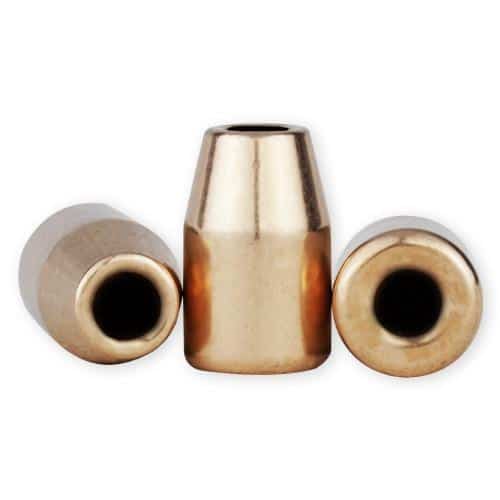
Hollow-point bullets are useful when control of damage and penetration of the bullet is important. They are used in tactical situations where the bullet’s trajectory cannot leave the target – hostage situations, in-home defense, self-defense, etc. Hollow points are a handgun slug primarily because rifles fire at a higher velocity, so a hollow point would be overkill.
Outside tactical situations, hollow-point bullets are welcomed as ammo for target practice as they have tremendous accuracy.
6. Boat Tail Bullets
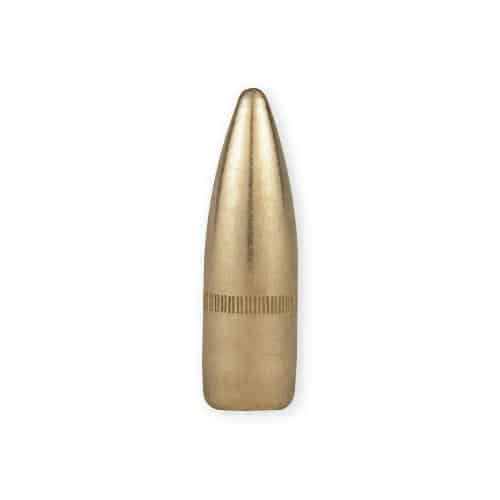
FMJ Boat Tail bullets are useful anytime precision is a must. The tapered tip adds stability to the trajectory once the bullet leaves the barrel. With an increase in its coefficient, the tip of the bullet stays elevated longer making it ideal for target practice, sniping, and long-distance shooting.
Boat tail bullets are ideal for rifles and in situations where long-range shots are common. Use them in your sniping rifles, for competitions, and when you cannot get close to the game.
7. Rifle Bullets
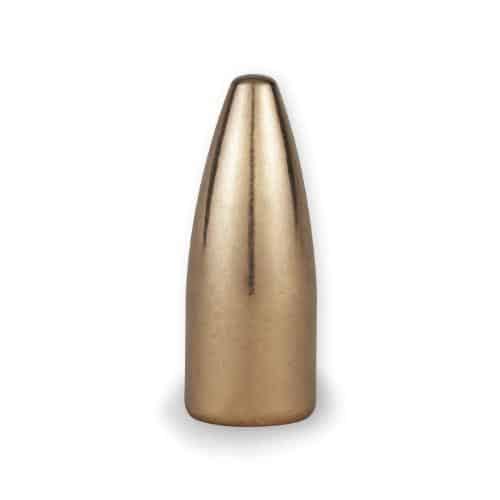
Rifle bullets are longer than those for handguns. They have more powder, and their larger diameter means they fly at a greater velocity. Rifle bullets come in an array of formats including:
- Semi-Jacketed
- Full Metal Jacket
- Jacketed Hollow Points
- Lead or Lead Round Nose
- Special – Bullets designed for limited application or guns.
Rifle bullets also have an array of applications from hunting and sniping to distance target practice and competition.
8. Armor-Piercing Bullets
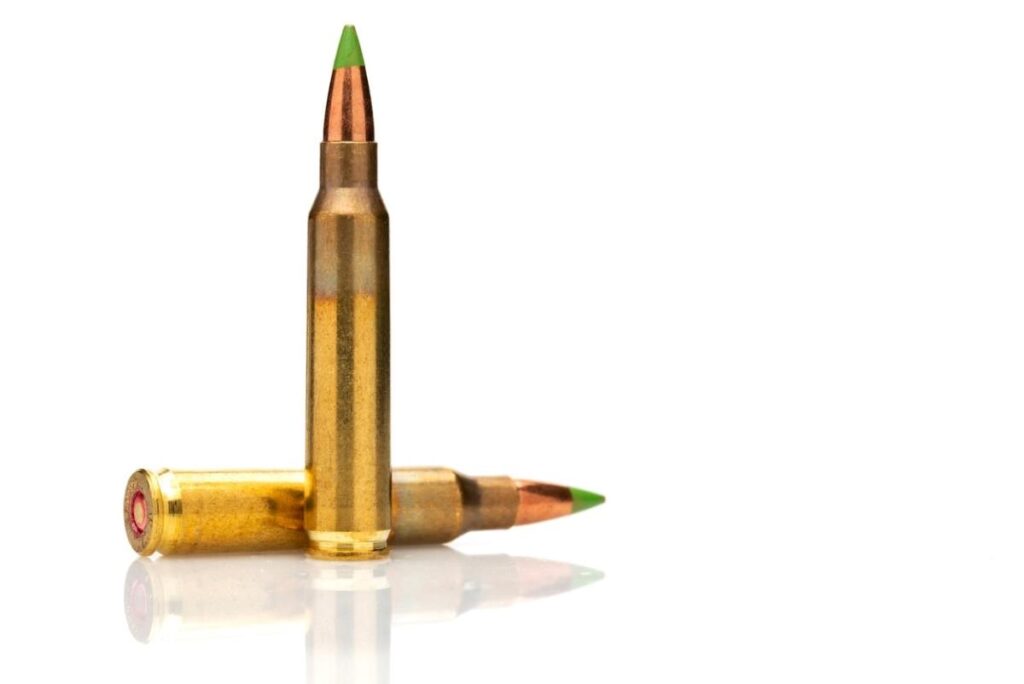
As the name implies, an armor-piercing bullet is used against targets wearing ballistic armor. They are also useful against ballistic shields which would cause an average bullet to deflect or stop before hitting the target.
Armor-piercing bullets are available for handguns and rifles, although they are not legal in all states.
9. Soft Point Bullets
The soft point bullet is a replacement bullet for hunting in situations where you need an expanding bullet – bear, deer, elk, moose, and other big game targets. Many hunters use soft point bullets in situations where a hollow point bullet is not permitted.
Soft point bullets are also common in metal-plate target shooting since there is less ricochet. They are available in metal jacket variations too – JSP or Jacket Soft Point.
As a self-defense bullet, soft points are acceptable though many people prefer hollow points. They’re available for both handguns and rifles.
10. Hunting Bullets
“Hunting bullets” is a large category of ammo. They range from big-bore bullets for rifles to shotgun shells. They are arranged in categories such as impact extruded, single-piece, or cup-draw bullets. They come in a range of calibers suitably matched to the target.
The goal of hunting bullets is to prevent as much damage to the carcass as possible. Since hunting takes on many aspects including gathering furs or pelts, sustenance hunting, and population control, different types of hunting bullets are better suited for the different goals of hunting.
11. Heavy Bullets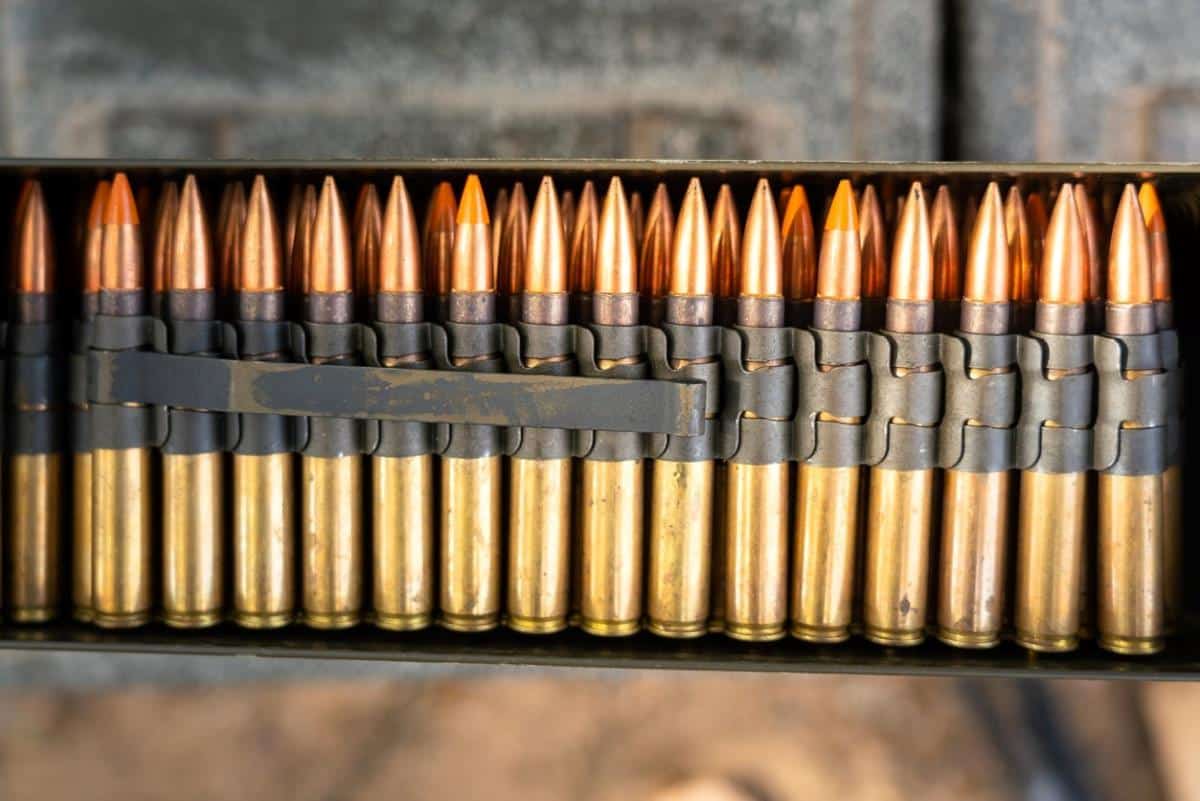
Heavy bullets are slower than light-weight bullets making them prone to the forces of gravity. A heavy bullet – they come in many applications – is a good match for big game hunting, especially at close range. These are deeper penetrating ammo because their heavier weight requires more force to move the slug.
Heavy bullets are available for rifle or handgun applications, especially for handguns in larger caliber ranges, such as .45 caliber or larger.
12. 38 Special Ammo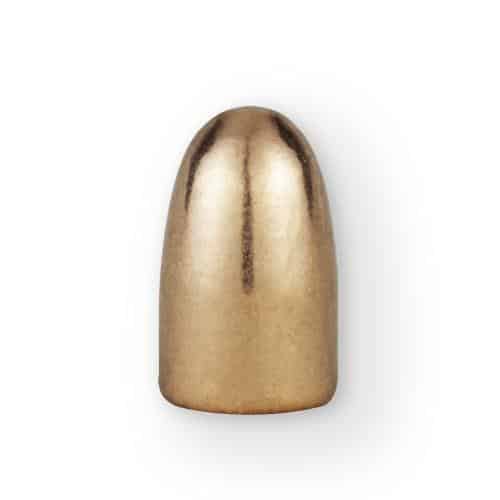
The .38 special ammo is popular for home and self-defense situations. It is slightly larger than a 9 mm slug, (9 mm vs. 9.1 mm) and will fit into most .38 special guns.
There is a .38 special S&W variety that has a larger case diameter making it too large to load into a standard .38 special. S&W stands for Smith & Wesson – the .38special bullet and the .38 S&W bullet are not interchangeable even though you can fit a .38 special into a .38 S&W handgun.
The .38 special bullet fits a few rifle applications. Older military rifles such as the Japanese Type 38 Rifle is one such gun.
13. Open Tip Bullets – Match Bullets
OTB – Open tip Bullets are also known as match bullets because they are a favorite at shooting events and for target practice. They get their name due to a small indentation at the tip.
Like most ammo, they can have a range of uses. People want to use them for hunting, and they will work but there are so many better choices.
OTB is prized for competitions because they are more accurate than many other types of bullets, such as rounded-tip bullets. The small open pit at the bullet’s head expands keeping the tip of the bullet from drooping during its trajectory. OTB is one form of hollow-point bullets.
14. Law Enforcement Bullets
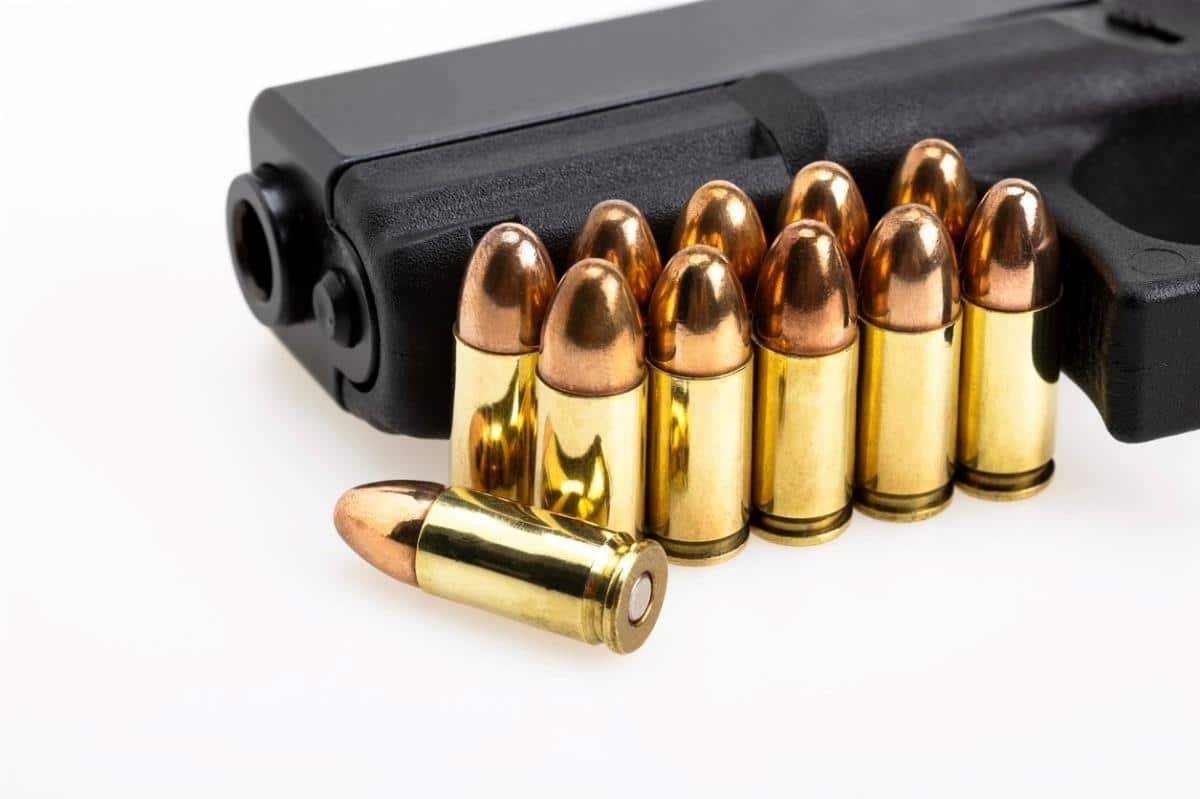
Law enforcement bullets are tactical ammo often hollow point and may include armor-piercing applications. The bullets may not necessarily be bigger or higher in grain as both aspects of bullets mean that the gun holds fewer rounds. An example of a law enforcement bullet is a 9 mm luger 135 gr – as carried by most FBI agents.
15. Close-Range Bullets
Close-range bullets are often those suitable for handguns since handguns fire at a lower velocity and do not make very good long-range weapons. Handguns are generally good in the zero to 50-yard range. Certainly, shells from handguns can travel more than 50-yards, but they tend to rapidly lose accuracy.
16. Shotgun Ammunition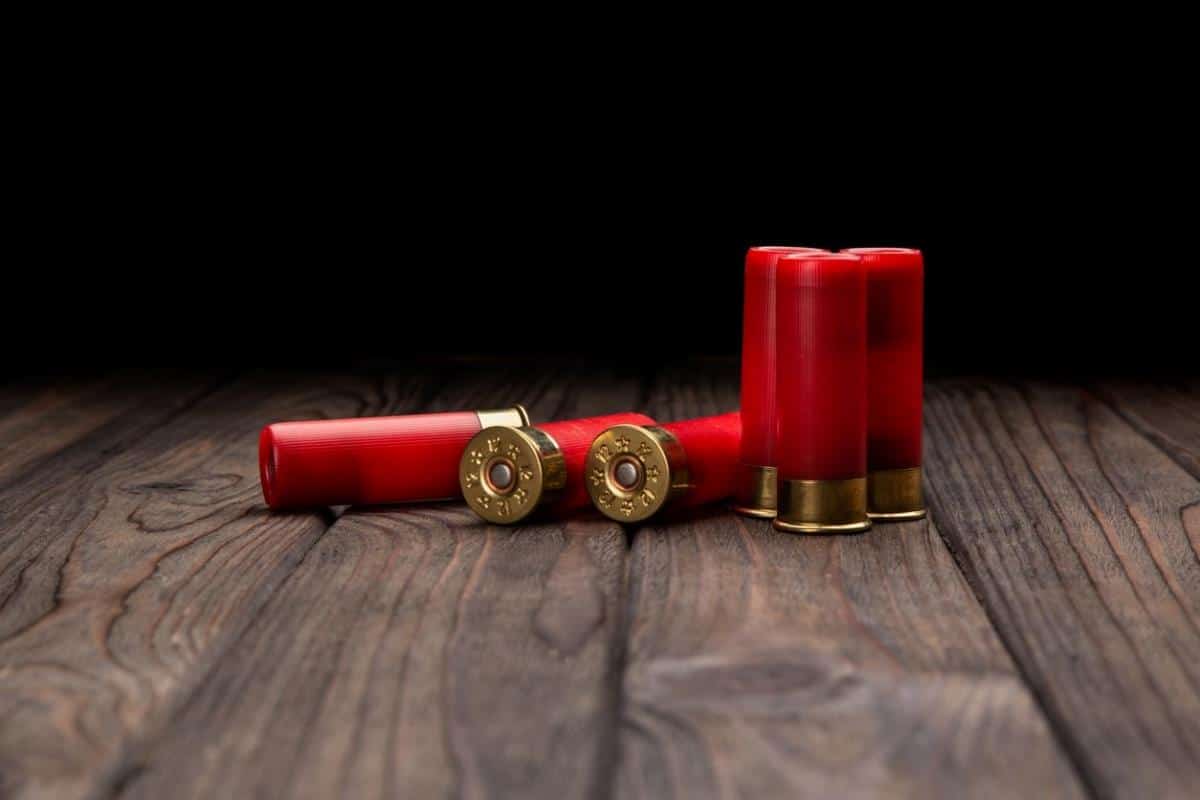
Shotgun shells come in an array of sizes. They are slightly different from bullets that have a metal casing and instead have baskets that hold the shot.
Shotguns are close-range weapons and can be useful in self-defense if there is enough room to bring the gun to bear. Close quarters can make aiming the shotgun difficult. When you need to spread shot over a wide area, a shotgun does the job well. A spray of beads can cover 5+ feet in diameter.
Hunting anything beyond 50 yards is iffy with more accuracy in closer proximity of 30-40 yards. The closer the target to the shotgun the more lethal the shot becomes. At 50 yards, there may be some damage, but much of the pellets will spread beyond the target.
